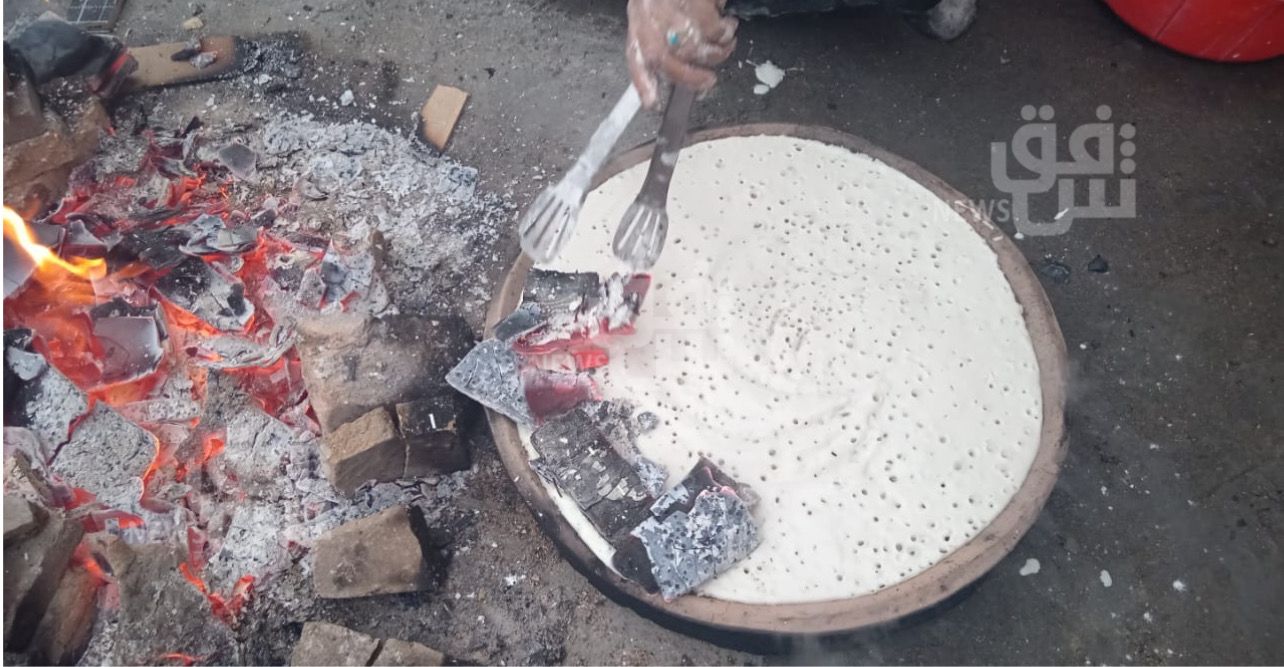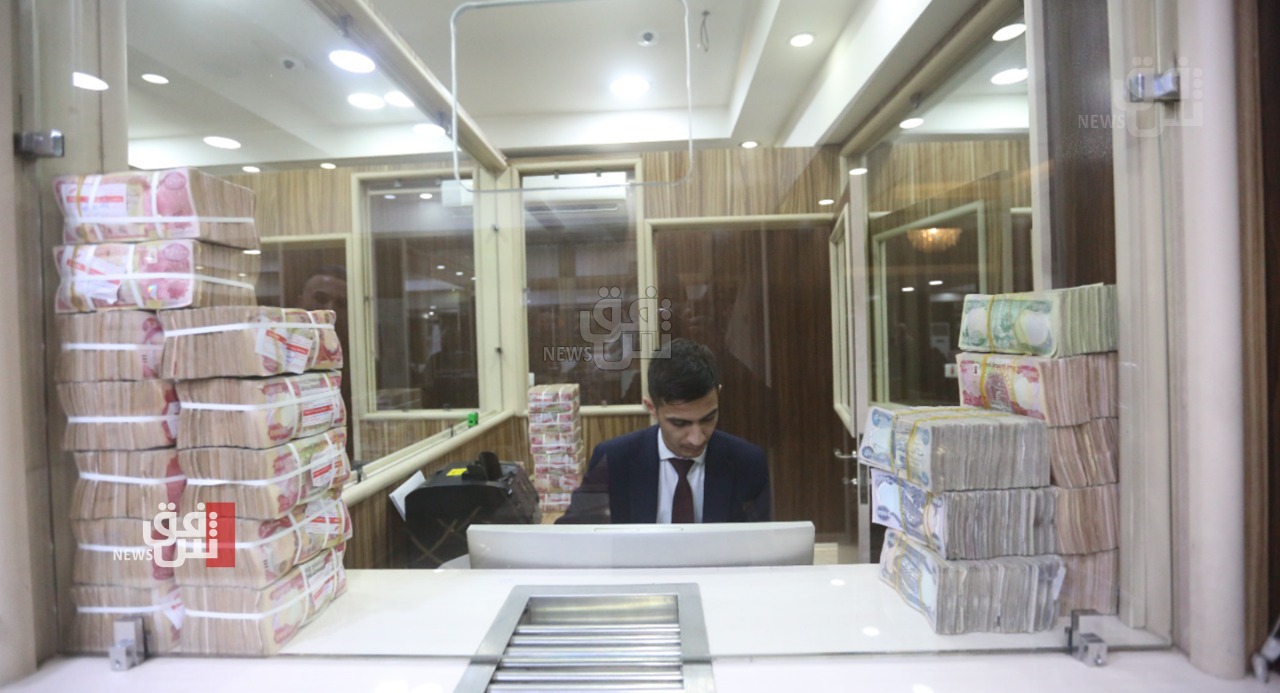Siyyah: A timeless Sumerian dish that Iraqis still enjoy

Shafaq News/ The Siyyah or Tabik (in Arabic: ????????/ ??????) bread is a revered legacy of the Sumerians cherished by the people in the central and southern governorates of Iraq.
Nestled in the countryside and Al-Ahwar (Iraqi Marshlands), this delicacy, often adorned with fresh eggs for breakfast or accompanied by grilled fish for lunch, reaches its pinnacle of significance during the holy month of Ramadan.
The women of central and southern Iraq skillfully master Siyyah, a delicate and thin bread crafted from amber rice flour. The preparation of this dish is not merely a culinary exercise; it's a cultural inheritance that transcends generations.
How to make Siyyah
Um Abbas, a housewife from the Al-Abbasia district in Najaf Governorate, tells Shafaq News Agency that Siyyah bread is an ancient dish echoing Sumerian roots. It is still popular in the middle and southern Euphrates regions, especially when the family comes together on holidays.
She says, "Siyyah is not a main dish but has a unique flavor. It is usually eaten in the morning with milk and eggs or at lunch with harish, a type of coarse fish."
Um Abbas describes how she makes Siyyah, following the method she learned from her mother.
“Siyyah is made from amber rice, milled, and mixed with water. Then, it is poured over a special brick, a disk of clay placed over a fire for one to two hours, depending on the heat.
When the brick is hot, Siyyah bread is placed over and cooked on the other side, with charcoal on top.”
Um Abbas and her family eat Siyyah with grilled coarse fish every Friday when the family gathers.
Food innovation
Siyyah is a Sumerians food product. The bricks discovered on the banks of the Tigris and Euphrates rivers and Al-Ahwar revealed information and evidence that the Sumerians consumed rice bread, similar to how people today eat wheat bread.
Sumerians chose rice bread over wheat flour because it was faster to cook on the fire and more economical to produce. Rice was abundant and easy to grow, thanks to the water from the two rivers and the fertile soil.
Rice bread has many health benefits, the ancients discovered that it can heal stomach pains, and modern medicine confirmed that it can fight some fungi and worms in the digestive system. It also has many preventive benefits, such as preventing anemia.
The history of Siyyah bread
The Tabik or Siyyah bread dish has a history that goes back to the Sumerian civilization. When the agricultural lands in Sumer faced a major problem of salinity, the Sumerian merchants came up with the idea to grow a plant usually found in China (RiCe) that could tolerate salinity and required a lot of water. This was suitable for the land of central and southern Iraq, where they brought the plant and named it Sheleb (rice),
In their first harvest, they crushed and milled it to make rice flour to bake Siyyah.
This ancient dish, which dates back to four thousand years ago, is still consumed today, and it has fans who savor it with a tasty Sumerian flair.
Siyyah bread, with its roots anchored in the banks of the Tigris and Euphrates rivers, is a remarkable example of how the Sumerians innovated in their food and adapted it to their environment.
It is a dish that connects the past with the present, offering a unique and delicious experience that resonates with the ancient Sumer.








